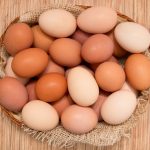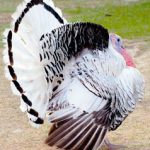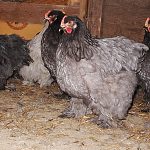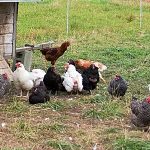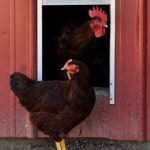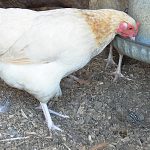
How much feed a chicken eats each week varies with the chicken’s age, breed, and strain, degree of activity, and condition of health. Other factors include the ration’s palatability and texture, and its energy and protein content. In cold weather, a chicken stays warm by eating more than it does during the heat of […]
Continue Reading

